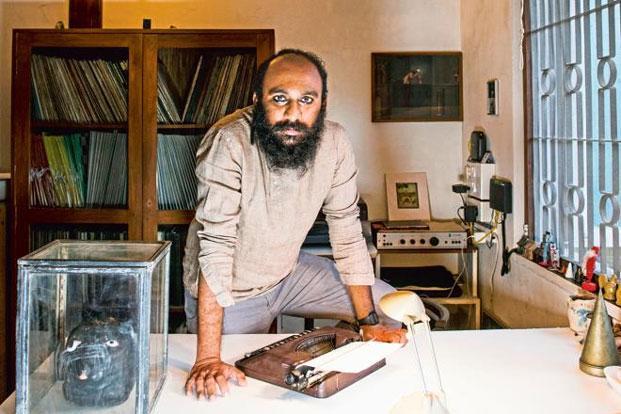
The idea of borrowing
Give me a group of things
What is an image or what can be an image
Looking at the other in the other
The void in an individual’s process becomes a pathway to understand it, where each one of us deals with a grammatical framework that borrows from those missing elements thus completing an image.
Amitesh in conversation with Ritesh, Mahesh, Hemali, Bhuvanesh & Shreyas
Ritesh in conversation with Amitesh Mahesh, Hemali, Bhuvanesh & Shreyas
Hemali in conversation with Amitesh Mahesh, Ritesh, Bhuvanesh & Shreyas
Bhuvanesh in conversation with Amitesh Mahesh, Hemali, Ritesh & Shreyas
Mahesh in conversation with Amitesh Ritesh, Hemali, Bhuvanesh & Shreyas
Shreyas in first-half conversation with Amitesh Mahesh, Hemali, Bhuvanesh & Ritesh
Shreyas in second-half conversation with Amitesh Mahesh, Hemali, Bhuvanesh & Ritesh
Does one need to record everything he/she says, if not, how will one remember his/her own words?
Perhaps it is easier to remember what others are saying, because it is always said in an assertive manner. The human ears have a tendency to listen to outer frequencies rather than inner sensory thoughts.
This exhibit is a smaller experiment to understand the alterations in patterns and the space-time that influences the horizontality & verticality of the thoughts. It goes a step further by looking at this process in a collective manner. How would the process radically shift or become static if multiple models overlay it.
The shift of the heterogeneous thinking mindsets and their independent homogeny would give us a certain insight into the theory of universality, though in the given contemporary landscape we largely deal with a relative theory establishing it as the absolute truth.
Shreyas Karle
January 2016
From the Publication ‘Half text’
Published by ArtDistrict XIII